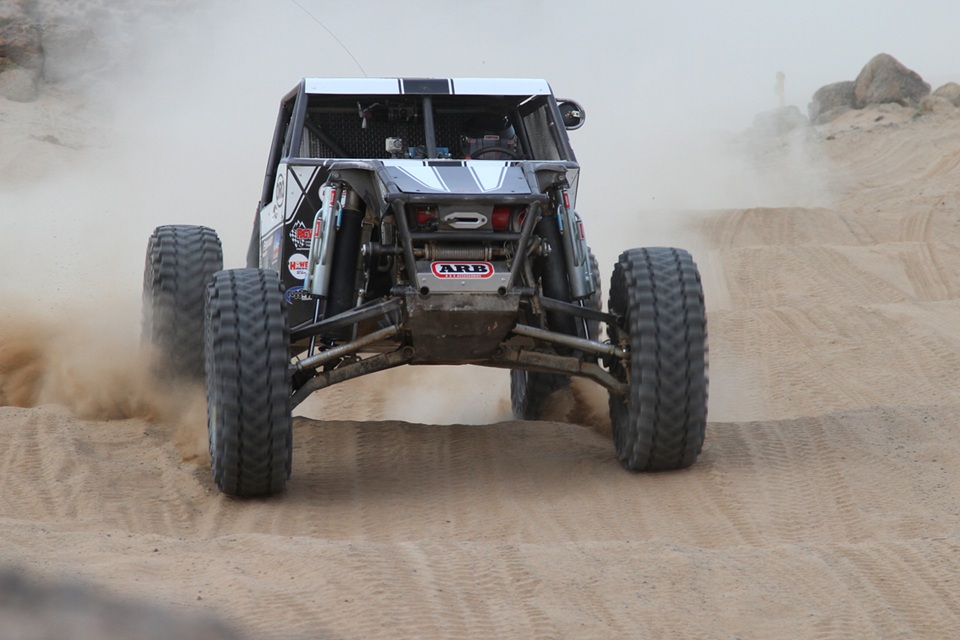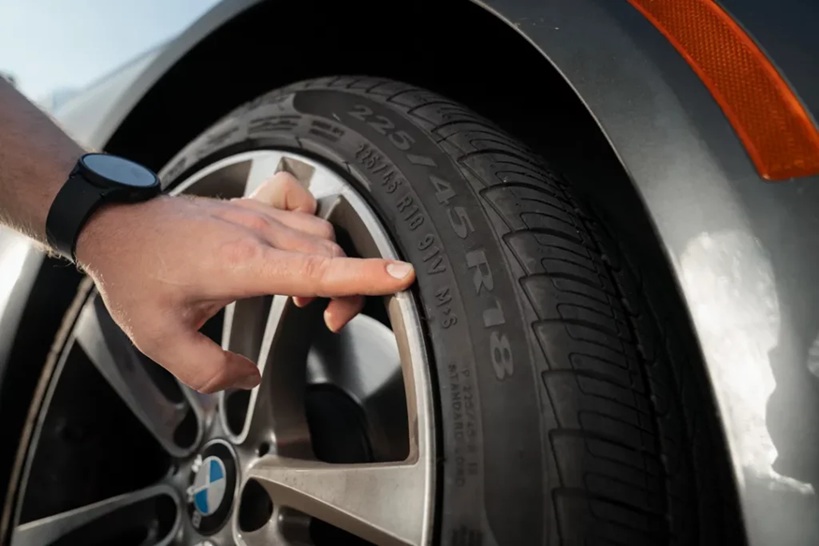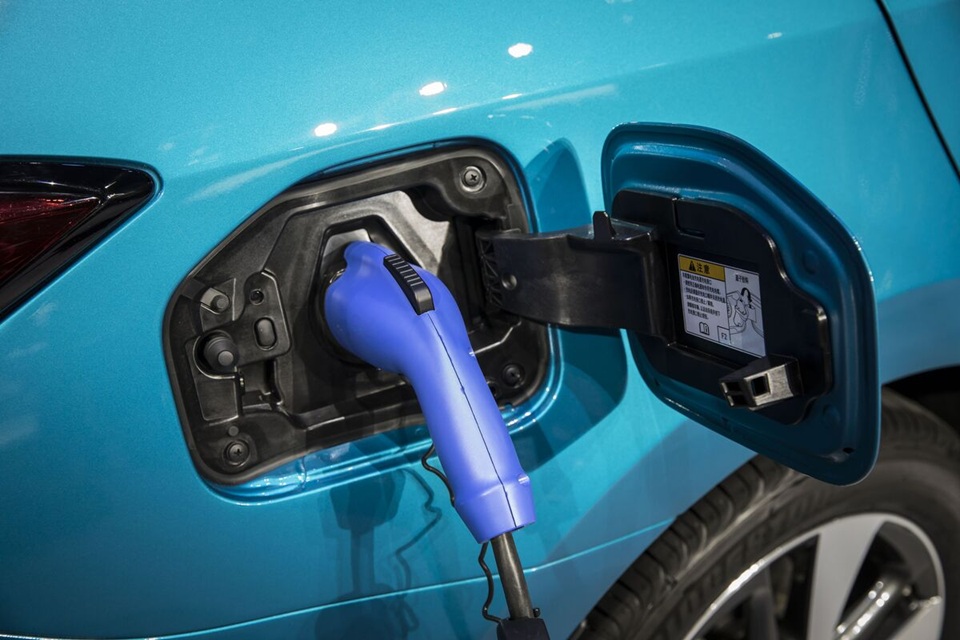Suspension systems serve as the unsung heroes of off-road vehicles, absorbing shocks, maintaining stability, and ensuring that tires maintain consistent contact with uneven terrain. Whether crawling over jagged rocks, traversing sandy dunes, or tearing through muddy trails, a well-designed suspension system dictates how a vehicle responds to the unpredictable forces of the off-road world.
Unlike standard road vehicles, where comfort often takes precedence, off-road suspension systems prioritize durability, articulation, and ground clearance. These factors influence traction, handling, and ride comfort in extreme conditions, making suspension one of the most critical elements of an off-road build.
Understanding Suspension Geometry
Suspension geometry refers to the arrangement of components such as control arms, linkages, and shock absorbers. The design of these elements determines how a vehicle reacts to bumps, dips, and lateral forces. Key aspects of suspension geometry include:
- Camber and Caster Angles – These angles affect tire contact and steering stability. Off-road setups often feature more aggressive caster angles to enhance control over rough terrain.
- Toe Alignment – Ensuring proper toe settings prevents excessive tire wear and provides predictable handling, crucial for high-speed desert running and rock crawling.
- Roll Center and Suspension Travel – The higher the roll center, the more stability a vehicle has during cornering. Suspension travel defines how much a wheel can move up and down, crucial for absorbing impacts and maintaining control.
Independent vs. Solid Axle Suspensions
One of the most debated aspects of off-road performance is the choice between independent suspension and solid axles. Each configuration has its strengths and weaknesses.
- Independent Suspension: Found in modern off-road vehicles, independent suspension allows each wheel to move independently, improving ride comfort and handling over uneven terrain. This setup is ideal for high-speed desert driving and general trail use, but it lacks the robustness needed for extreme rock crawling.
- Solid Axle Suspension: Common in traditional off-roaders and dedicated rock crawlers, solid axles provide superior durability and articulation. They distribute weight more evenly when climbing obstacles, preventing wheels from lifting off the ground. However, they can be less comfortable at high speeds and require more effort to steer precisely.
Shock Absorbers
Shocks play a vital role in damping the forces transferred through a suspension system. Without effective shock absorbers, a vehicle would bounce uncontrollably, losing traction and control. Off-road shock absorbers come in different configurations, including:
- Monotube Shocks – Known for their superior heat dissipation, these shocks maintain consistent damping under harsh conditions.
- Twin-Tube Shocks – Offering a smoother ride on mild trails, twin-tube shocks are cost-effective but prone to overheating during aggressive driving.
- Remote Reservoir Shocks – Designed for extreme off-road performance, these shocks feature separate fluid reservoirs to handle high temperatures and continuous abuse.
- Bypass Shocks – Advanced shock technology that adjusts damping dynamically, providing soft suspension travel over small bumps while stiffening under heavy impacts.
Coil Springs vs. Leaf Springs

The choice between coil and leaf springs significantly influences how a vehicle behaves off-road.
- Coil Springs: Provide a smoother ride, better articulation, and more precise tuning options. Coil springs are commonly found in modern off-road rigs, including rock crawlers and overland vehicles.
- Leaf Springs: Known for their rugged durability, leaf springs are often used in trucks and older off-road designs. They can carry heavy loads but lack the articulation and ride refinement of coils.
The Role of Control Arms and Linkages
Control arms and linkages determine how the wheels move relative to the chassis. Off-road vehicles use various setups, such as:
- A-Arms (Double Wishbone) – Found in independent suspension systems, A-arms provide excellent stability and handling.
- Four-Link Suspensions – Popular in rock crawlers, four-link setups maximize articulation and minimize axle wrap.
- Trailing Arms – Used in desert racing trucks, trailing arms allow for long suspension travel, absorbing high-speed impacts effortlessly.
Lift Kits and Ground Clearance
Ground clearance is crucial for avoiding obstacles, and lift kits help achieve the necessary height. However, excessive lift can negatively impact handling. There are different types of lift kits:
- Body Lift – Increases ride height without altering suspension geometry, mainly used for aesthetics and minor tire upgrades.
- Suspension Lift – Raises the entire suspension system, improving ground clearance, articulation, and off-road performance.
- Long-Travel Suspension – Provides extreme articulation and high-speed stability, often found in desert racing vehicles.
Tire Size and Suspension Compatibility
Larger tires improve off-road capability by increasing ground clearance and traction, but they put additional strain on the suspension. Key considerations include:
- Wheel Offset and Backspacing – Ensures proper clearance between suspension components and larger tires.
- Reinforced Steering Components – Necessary to handle the additional stress from oversized tires.
- Gearing Adjustments – Required to compensate for the increased rolling resistance of bigger tires.
Articulation and Flex
Suspension articulation refers to how well the wheels maintain contact with the ground when navigating obstacles. Better articulation means improved traction and stability. Factors affecting articulation include:
- Sway Bar Disconnects – Allow the suspension to move more freely when off-road, enhancing wheel articulation.
- Longer Shock Travel – Helps the wheels extend further when tackling uneven terrain.
- High-Flex Suspension Arms – Prevents the chassis from lifting off the ground too easily.
The Impact of Suspension Tuning
Stock suspension setups often compromise between on-road comfort and off-road capability. Custom suspension tuning tailors a vehicle to specific off-road conditions. Key tuning adjustments include:
- Shock Valving – Adjusting damping rates for different terrains.
- Spring Rates – Choosing stiffer or softer springs depending on vehicle weight and intended use.
- Bump Stops – Protecting suspension components from bottoming out under hard impacts.
How Suspension Enhancements Elevate Off-Road Adventures
Upgrading a suspension system unlocks new levels of off-road performance. Whether installing heavy-duty shocks, long-travel suspension, or adjustable control arms, these enhancements improve:
- Ride Comfort – Smoother absorption of bumps and ruts.
- Traction – Better tire contact on technical terrain.
- Durability – Components built to withstand harsh conditions.
- Vehicle Control – Enhanced handling over rough landscapes.
Final Thoughts
A well-engineered suspension system defines how a vehicle performs off-road. From shock absorbers to control arms, each component plays a crucial role in conquering rugged terrain. Whether exploring remote trails, rock crawling, or high-speed desert racing, the right suspension setup ensures confidence and capability in any off-road adventure.










Comments